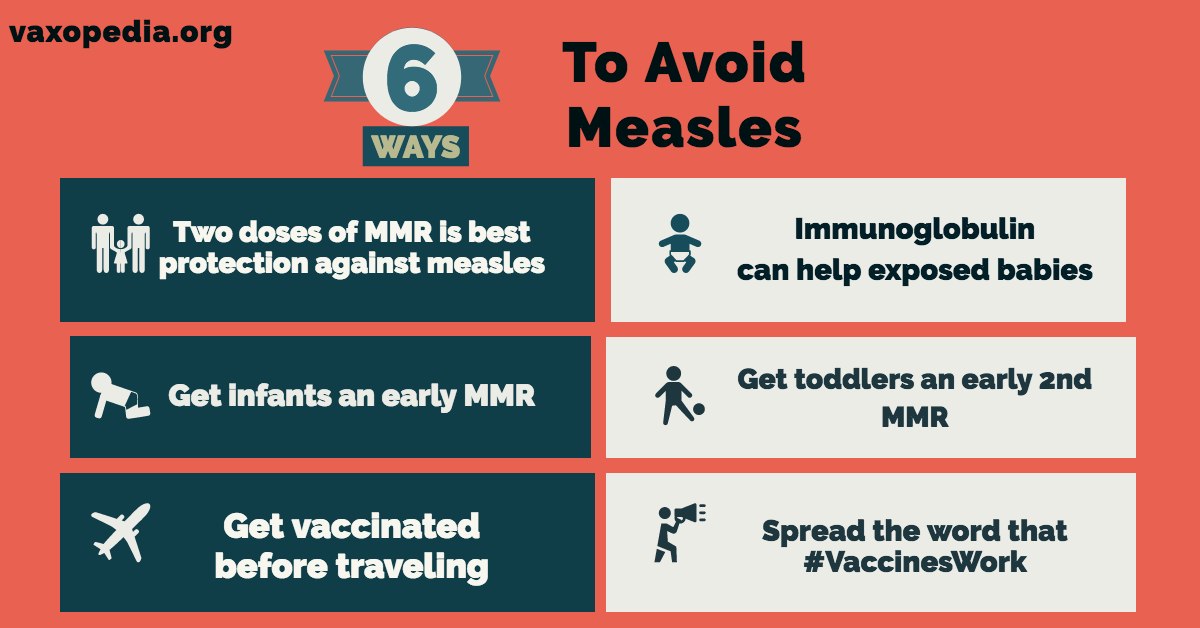What Are the Downsides of Getting an Early MMR for Your Kids?
With more and more cases of measles popping up in more and more places, some parents are wondering if they should look to get an early MMR for their infants, toddlers, and preschoolers.

Remember, children routinely get their first dose of MMR at age 12 months and then a second dose before they start kindergarten.
Who Needs an Early MMR?
Early doses should be given when children are at high risk to be exposed to measles. This includes kids who will be traveling out of the country or if they live in or will be traveling to an area experiencing an outbreak.
Following those recommendations, of course, it means that most children do not actually need an early MMR.
That doesn’t stop some parents wanting the extra protection though, after all, an early MMR is safe, with few risks, and typically effective.
What Are the Downsides of Getting an Early MMR for Your Kids?
So are there any big downsides to getting these early doses?
Not really.
But while there are no big downsides to getting an early dose of MMR, there are some things to understand.
the early dose of MMR that you get when your infant is 6–12 months old is an extra dose and has to be repeated once they are 12 months old (and at least 28 days since their previous dose). But while there are no extra side effects with an early dose, your child may get the same side effects as a later dose, including a chance that they develop fever and/or a rash, etc.
maternal measles antibodies could interfere with a dose given before 12 months, making it less effective or ineffective, this becomes less and less likely the older your infant is though. And that’s why it is repeated.
while one study did suggest that an early first dose led to later reduced protection, it is important to understand that this was one small study and simply measured antibody levels. However, we know that antibody levels aren’t the whole story when it comes to measles immunity. Because of the anamnestic response, most folks with low measles antibody levels are likely still immune to measles.
Well, there is one other downside…
There is the cost of the extra MMR vaccine that might not be covered by your insurance.
“The US should update its current MMR early third dose recommendation for infants aged 6 to 11 months and adopt a more flexible risk-based perspective. Current MMR recommendations should account for the shifting epidemiologic landscape and for clusters that may appear domestically. “
Revising US MMR Vaccine Recommendations Amid Changing Domestic Risks
Hopefully that doesn’t keep any kids from getting this extra protection though if they need or want it.
Early MMR References
Does Early MMR Vaccination Lead to Reduced Protection Against Measles? https://www.immunizationmanagers.org/does-early-mmr-vaccination-lead-to-reduced-protection-against-measles/
van der Staak M, Ten Hulscher HI, Nicolaie AM, Smits GP, de Swart RL, de Wit J, Rots NY, van Binnendijk RS. Long-term Dynamics of Measles Virus-Specific Neutralizing Antibodies in Children Vaccinated Before 12 Months of Age. Clin Infect Dis. 2025 Apr 30;80(4):904-910. doi: 10.1093/cid/ciae537. PMID: 39492687; PMCID: PMC12043057.
Rader B, Walensky RP, Rogers WS, Brownstein JS. Revising US MMR Vaccine Recommendations Amid Changing Domestic Risks. JAMA. 2025 Apr 8;333(14):1201-1202. doi: 10.1001/jama.2025.3867. Erratum in: JAMA. 2025 Apr 23. doi: 10.1001/jama.2025.5985. PMID: 40085113.
Hotez PJ. Measles, Mumps, Rubella Immunization and the Resurgence of Measles in America. Ann Intern Med. 2025 May 6. doi: 10.7326/ANNALS-25-01730. Epub ahead of print. PMID: 40324197.



